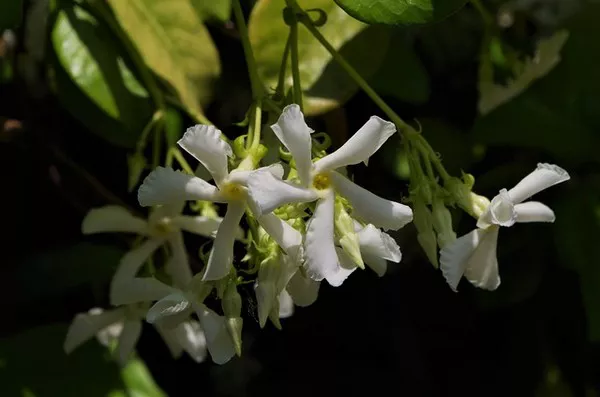In an intriguing revelation, molecular genetic testing has unveiled a surprising discovery within the 144-year-old Beal Seed Experiment at Michigan State University. Seeds buried by MSU botanist William J. Beal in 1879 have germinated once again, with DNA testing confirming the presence of a hybrid plant among the seeds—a development that would have astounded Beal in an era when DNA was unknown.
Beal initiated the experiment in the late 19th century to understand the viability of weed seeds in soil over time. Using 20 glass pint bottles filled with sand and 50 seeds from 23 weed species, he buried the bottles on campus, adopting conditions mimicking natural seed and soil environments. The experiment, designed to last until 2100, involved periodic excavations to test seed viability.
In 2021, the Beal experiment team, led by Professor Emeritus Frank Telewski, excavated the 14th bottle to answer the age-old question: How long can seeds remain viable? To their surprise, the seeds not only germinated but also revealed the presence of a hybrid plant among the original seeds.
The team, including Lars Brudvig, Grace Fleming, and David Lowry, has been conducting genomic DNA sequencing since 2021 to confirm the plant species’ identities, marking the first time in the experiment’s history that such genetic analysis has been possible.
“The biggest surprise to me is that the seeds germinated again. It’s amazing that something so old can still grow,” remarked Telewski.
The molecular genetics work confirmed the presence of Verbascum blattaria (moth mullein) and a hybrid of Verbascum blattaria and Verbascum thapsus (common mullein). Beal had initially stated that only Verbascum thapsus seeds were included, raising questions about a mix-up during the preparation of the bottles.
While most species in the Beal experiment lost seed viability within the first 60 years, the persistence of Verbascum seeds offers valuable insights into seed viability in natural soil conditions. This information is particularly relevant for rare species conservation and ecosystem restoration, providing guidance on potential weed-related challenges in restoration projects.
Despite the passage of 144 years, Beal’s original question about the longevity of seeds remains unanswered. Lowry expressed, “If seeds germinate again from our next dig, we may need to consider extending the time between bottle extractions to every 30 years. It’s still a little early to put it on my calendar, but I am looking forward to seeing if we can wake up any more seeds in 2040.”


